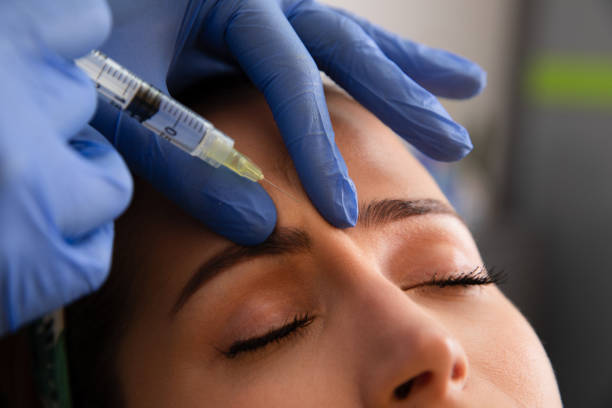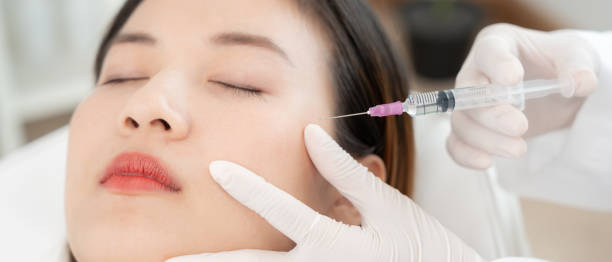So, you’re considering dermal fillers to freshen up your look, but recent headlines about people going blind after these treatments have got you worried. What’s the deal with dermal fillers and blindness, and should you be concerned about your next appointment? Let’s break it down in plain terms.
What’s Behind Dermal Filler-Related Blindness?
Blindness caused by dermal fillers is an extremely rare occurrence. It happens when the filler material accidentally enters an artery, creating a blood clot or filler embolus. This embolus can then block essential nutrients and oxygen from reaching the affected organ, leading to organ damage or death. If it happens in an artery leading to the skin, you might notice bruising and redness around the injection site. But if it affects an artery leading to the retina, it can result in blindness.

Image from iStock
However, you should know that these incidents are very, very uncommon. Less than 0.05% of all cosmetic injections result in vascular occlusion, according to a study. Experts emphasize that dermal fillers have been used safely for years, with blindness and severe complications being extremely rare.
Types of Dermal Fillers
There are two main types of dermal fillers: hyaluronic acid (HA) fillers and non-HA fillers. HA fillers are the most popular because they offer versatility and can last from six to 24 months. They can be used in different areas of the face, with thicker gels for cheeks and thinner ones for areas like lips and eyes. The great thing about HA fillers is that they have a “reversal” option. If something goes wrong, doctors can use an enzyme called hyaluronidase to dissolve the filler material.

Image from iStock
Non-HA fillers, like the one in the recent case, may contain substances like poly-D-L-lactic acid (PDLLA). These fillers can stimulate collagen production and last longer, but here’s the catch: they can’t be reversed with hyaluronidase. If you’re considering non-HA fillers, it’s important to be aware of this.
Signs Something’s Wrong and Reversibility
If you’re worried about complications, keep an eye out for sudden blurred vision, visual loss, eyelid drooping, facial pain, or double vision after a filler injection. These are signs that something might be amiss, and you should seek medical attention pronto. The chance of reversal depends on several factors, including how quickly you react, the type of filler used, and the extent of the issue. Detecting a problem early and getting prompt medical help is crucial to minimize long-term complications.
Should You Avoid Fillers Near Your Eyes?

Image from iStock
Fillers around the eyes can deliver great results, but it’s essential that your practitioner knows their stuff. There are areas, like the glabella and periorbital regions, where multiple blood vessels are present and need careful attention. Practitioners with experience can minimize the risk of complications. Keep in mind that frequent filler injections, regardless of the practitioner’s skill, can increase the risk of problems.
In a nutshell, the risk of blindness from dermal fillers is incredibly low. To further reduce that risk, you can opt for HA fillers, which offer reversibility, and choose experienced practitioners who prioritize safety. Every medical procedure carries some risk, but open communication with your practitioner is your best bet to ensure your safety and satisfaction with the results.
ALSO READ
Can Your Child Grow Double Eyelids? Here’s What You Need To Know!
Best Dermatologist Singapore: Affordable and Trusted Skin Experts
9 simple things dermatologists do to maintain their healthy glowing skin!